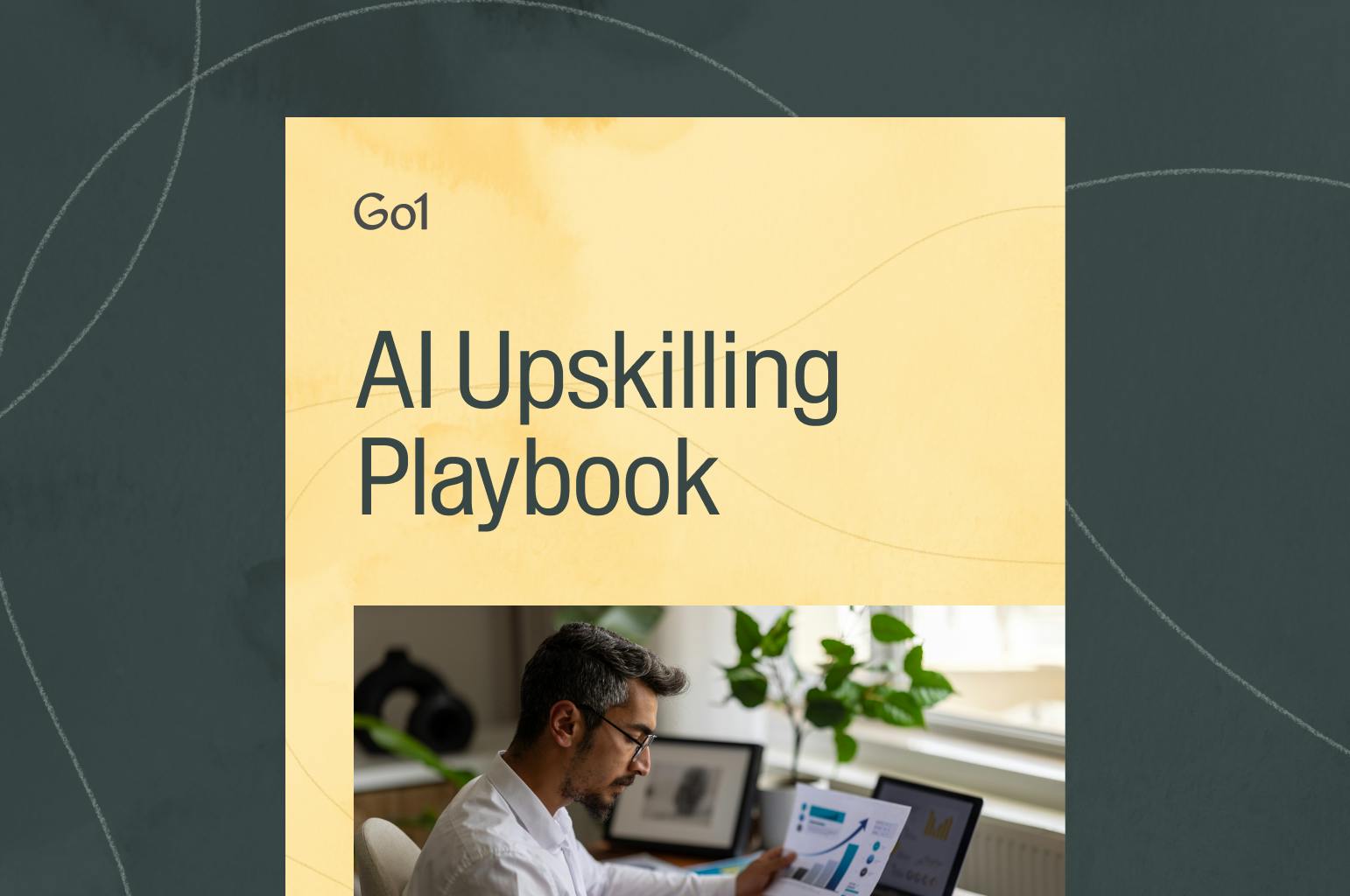Why professional development is costing you talent

Professional development isn’t optional anymore
The numbers are stark: Nearly 7 in 20 workers consider professional development extremely or very important when evaluating job opportunities. However, only 47% are satisfied with their current company’s approach to development. The 21-point gap represents millions of employees who are prime candidates for competitors offering better growth opportunities.
For younger generations, the stakes are even higher. Among Millennials, 39% rate professional development as ‘extremely important,’ while 36% of Gen Z share this view. Employees aren’t looking for occasional training; they want a meaningful, consistent investment in their growth with a dedicated, laid-out plan.
What this tells us: Professional development has evolved from an employee perk to a competitive necessity. Organizations treating it as optional advertise their limitations to current employees and potential new hires. This trend will only intensify as younger workers advance in their careers.
The overlooked link between learning and retention
Nearly 70% of respondents say better professional development opportunities would make them more likely to stay at their current company. This mirrors the percentage who value development when job hunting, creating a clear through-line from attraction to retention.
Yet, many organizations miss this connection entirely. They’re investing heavily in recruitment, while the solution to retention may be sitting in underutilized L&D budgets.
The frequency preferences tell an equally important story. Millennials and Gen Z prefer weekly or monthly learning opportunities, while older generations lean toward quarterly schedules. This shows how different generations process and integrate new skills.
What this tells us: The old “annual training day” model is fundamentally misaligned with employee expectations, particularly for younger workers who expect continuous development. Organizations need flexible, multi-tiered approaches that can accommodate different learning rhythms while maintaining consistency in opportunity.
The manager support gap
While 65% of employees say manager support is critical for their development, many companies have not equipped their managers to fulfill this role effectively. This creates a frustrating paradox: Employees know they need manager backing to succeed, but managers often lack the training or time to provide meaningful development guidance.
Of those surveyed, 28% cite lack of time during work hours as their biggest development obstacle. Professional development is still treated as something that happens “in addition to” real work rather than as an integral part of job performance and growth.
What this tells us: Manager training and protected development time aren’t separate initiatives — they’re interconnected solutions. Managers need the skills to support employee growth and organizational permission to prioritize development activities during work hours. Without both elements, even well-intentioned development programs will struggle to gain traction.
70% of respondents say better professional development opportunities would make them more likely to stay at their current company
Professional development as your employer brand differentiator
L&D programs are more than employee benefits. They’re reputational and brand differentiators. The majority of candidates (53%) directly ask about training programs during interviews, while 41% research employee reviews specifically to assess learning opportunities. This means your development offerings (or lack thereof) already influence your talent pipeline, whether you realize it or not.
But the impact extends far beyond hiring. Strong development cultures create external brand advocates among current employees, generate positive reviews on platforms like Glassdoor, and become talking points in professional networks. When companies invest in employees, they become ambassadors for an organization’s values and opportunities.
Gen Z’s heightened interest in leadership development programs (35% vs. 25% overall) suggests they’re evaluating current opportunities and long-term advancement potential. They’re asking: “Will this company help me become who I want to be professionally?” They’re also sharing those answers with their networks.
What this tells us: Professional development has become a measurable component of employer branding. Organizations not articulating clear, compelling development pathways during recruitment are at a disadvantage. This also shows up in employee reviews and external advocacy in ways that directly impact talent attraction and retention. The data suggests this trend will intensify as career-focused Gen Z workers enter the market in larger numbers.
What employees actually want
About half (47%) want clear career progression paths above all else, followed by performance reviews and regular feedback at just 17%.
The generational breakdown is particularly telling: Baby Boomers prefer performance reviews (29%) significantly more than Gen Z workers (11%). Traditional review structures, while still valuable for some employees, may not be the primary development tool younger workers are seeking.
What this tells us: Employees need context for how training fits into their career trajectory. Clear progression paths provide context, making individual development activities feel purposeful rather than arbitrary. Organizations focusing primarily on performance reviews may be solving for manager needs rather than employee motivations.
The opportunity ahead
Only 47% of employees are satisfied with their current development options. That leaves a wide open space for organizations willing to rethink how they approach growth.
The data is clear:
- Build learning into the workday
- Equip managers to guide development
- Offer flexible learning rhythms
- Most importantly, connect learning to real career pathways
Survey Methodology
This research is based on a survey of 1,000 U.S. consumers aged 18 and older conducted by Dynata on behalf of Go1 in August 2025. The sample was designed to be representative of the U.S. adult population. For analyses referencing generational groups, the following age ranges were used: Generation Z (10-25 years), Millennials (26-41 years), Generation X (42-57 years), and Baby Boomers (58-76 years).
Bridge the gap in employee development
Related Articles

Application Guide: How to use the Go1 AI for L&D Maturity Assessment to assess our workforce AI capability

AI upskilling made clear: A practical guide to building an AI-ready workforce

Go1 welcomes PepTalk

5 Data-Backed Insights Shaping the Future of AI in Workplace Learning

Train smarter, spend less
Train smarter,spend less
Connect with a Go1 expert to explore the best training options for your organization—no pressure, just solutions that work.